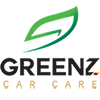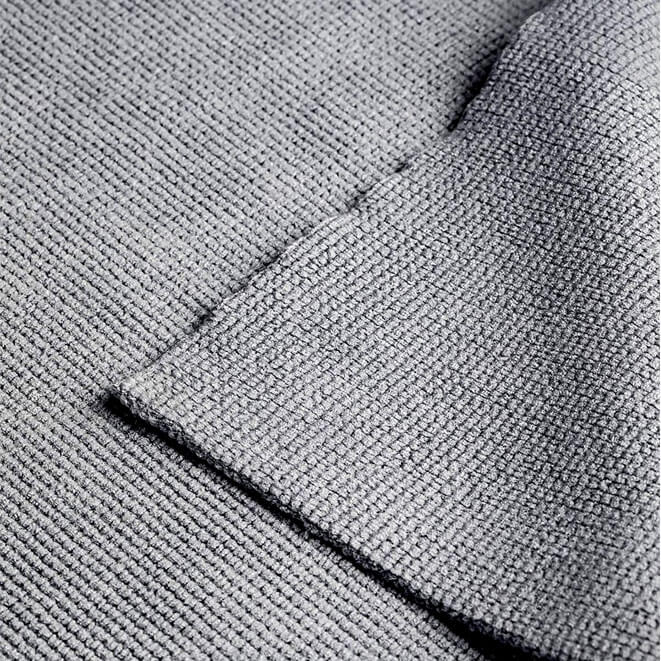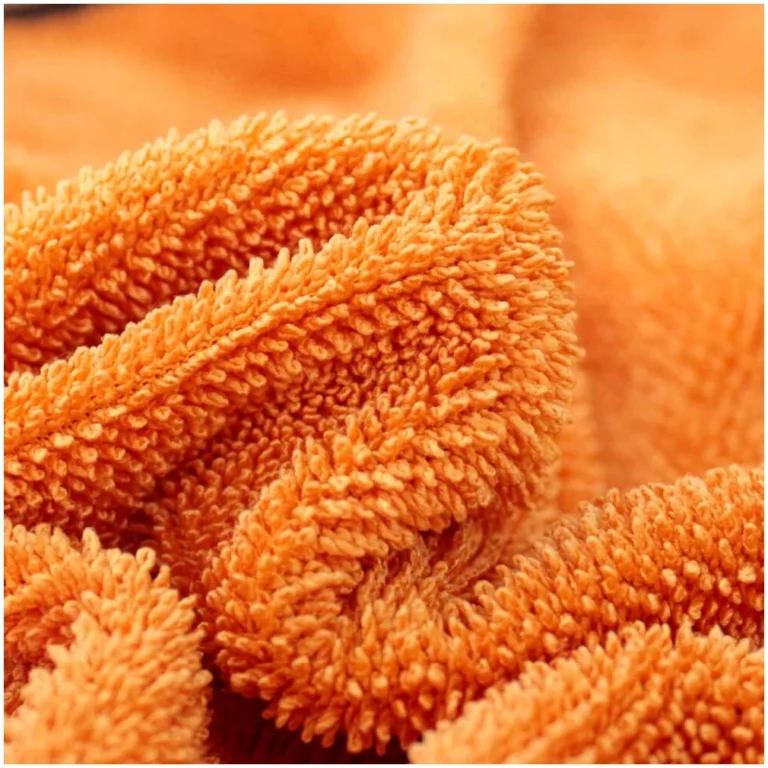How To Clay – Claying & Decontamination Guide
CLAYING
Claying is a decontamination process of removing surface contaminants from your car exterior surfaces such as paint, windshield, wheels etc. It should be done as the immediate step after washing your car, before any polishing or waxing. Using clay is necessary to remove stubborn dirt that is trapped on the paint finish which is hard to remove with a car wash.
Your vehicle is exposed to airborne pollutants. Brake dust, industrial fallout, acid rain deposits and rail dust all can adhere to your vehicle. These contaminants often contain metal particulates, which accounts for the ease with which they penetrate the clear coat to attack the paint below. These contaminants then oxidize, and they allow rust to spread beneath the clear coat. And the paint surface becomes rough underhand even though these may be microscopic.
The vehicle loses its smoothness and clarity on what may otherwise be a freshly cleaned car. Unfortunately, there is not a lot that we can do to avoid these main contaminants and they can become firmly bonded to the paint surface and then begin the process of corrosion and expansion, which distorts and damages the paint film. It cannot be removed by a normal washing or cleaning and you need to do claying and other decontamination techniques to remove them.
WHAT ALL DETAILING CLAY CAN REMOVE?
Detailing clay bars help you to remove surface contaminants like tar, insects, road grime, oxidation, rust, industrial fallout etc. from your car body. While claying, the clay glides along the surface of the car paint and grabs anything that protrudes from the surface. The particle sticks to the clay and is therefore removed from the vehicle. The surface being clayed should always be wet with clay lubricant to prevent loose debris from scratching the vehicle.
We recommend the claying twice a year, or before you polish the paint. If your car is subject to industrial areas or heavily contaminated areas, using a clay bar more often may be required.
Used properly, detailing clay is completely safe and nonabrasive. It’s a much better option than polishing to remove these contaminants because clay doesn’t remove any paint.
Clay lubes are used as a lubricant during claying to protect the paint from marring. Many use a quick detailer as clay lube; it’s recommended to use one that has some cleaning power and little or no protective properties. This will help to loosen the embedded contamination from the paint while claying. Gyeon Q2M ClayLube is a good clay lube because it has extreme slickness which reduces friction and prevents the clay from ‘grabbing’ and marring the surface; instead, the clay will slip over the surface to reveal smooth paint.
Vehicles are exposed to assault from airborne pollutants. Brake dust, industrial fallout, acid rain deposits and rail dust all can adhere to your vehicle. These contaminants often contain metal particulates, which accounts for the ease with which they penetrate the clear coat to attack the paint below. These contaminants then oxidize, and they allow rust to spread beneath the clear coat. Tiny orange spots today, total paint system failure tomorrow! Detailing clay removes these contaminants in order to keep the paint healthy and vibrant.
Detailing Clay also removes stubborn tree sap, tar spots, and bug remains. Detailing clay works wonder on glass as well. Try some next time you’re washing your windows. You’ll be amazed at the results!
Various grades are available on the market again as standard clay bars and if you would like to use this but never clayed before I would recommend the fine grade to minimise the risk of marring.
How to check whether claying is required or not?
The Bag Test: There’s a simple test that will indicate whether or not you need to clay. Wash and dry your vehicle, put a plastic sandwich bag over your hand and lightly rub your fingertips over the paint. If it feels gritty or rough, your paint is contaminated.
Process
1. Wash and dry your vehicle.
2. Spray a small area with clay lubricant (like Gyeon Q2M ClayLube), no bigger than 2 square feet.
3. Gently rub the Gyeon Clay bar back and forth across the wet area. It will grab at first. This means that it is pulling contaminants out of the paint. When it glides freely, the paint is clean.
4. Wipe the area with a microfiber towel and use the Gyeon Q2M ClayLube to remove any clay residue. Rub your fingers across the paint now; it should be as smooth as glass. If it’s not, repeat the process. Reshape the clay bar as needed to expose a clean surface. Keep the clay well-lubricated.
5. Continue these steps until you’ve clayed the entire vehicle. Gyeon Clay does a marvellous job on glass and chrome, too.
6. Store the clay bar in its original case if possible, or in an airtight plastic bag. Spray it with the lubricant to keep it moist.
7. Always follow claying with a wax or sealant. Gyeon Clay will remove existing wax and may leave tiny holes where contaminants have been removed. They must be sealed in order to protect the paint from corrosion.
NOTE: To optimize both the quality of your claying and the clay’s useful life, avoid soap and water as a lubricant. They will prematurely deteriorate today’s clay compounds. Use only clay lubricants. Discard the clay if you drop them on the ground as it can grab the grits and sand particle which will scratch the paint if you use them again on the paint surface. Apart from the traditional clay bars, we have a range of synthetic clay bars and clay towels. The main advantages of these are the life, a traditional clay bar is only good for 5 to 10 cars, but these synthetic ones can do around 80% more cars, and reusability, even if you drop them you can get them washed and can be reused.
Iron Fallouts and Tar spots Removal
Iron contaminants can be accumulated from harsh ferrous deposits such as brake dust and rail dust, without proper removal and decontamination can lead to paint clear coat failure and rust. Removing these dangerous iron contaminants are now very easy with our iron removers like Gyeon Q²M Iron.
The usage of Gyeon Q2M Iron is fairly simpler, spray on; wait and you will see the product change to a purple colour, then rinse off with water. Never allow this to dry on the page. Gyeon Q2M Iron is PH-neutral and also can be used along with clay thus you can combine claying and Iron decontamination together and save time.
Vehicles usually collect large amounts of tar and asphalt contamination during everyday use. Tar Removers like Gyeon Q²M Tar is easy to use and literally are a spray on, wait and then wipe off the product. These are generally safe to use on all areas of the car.








